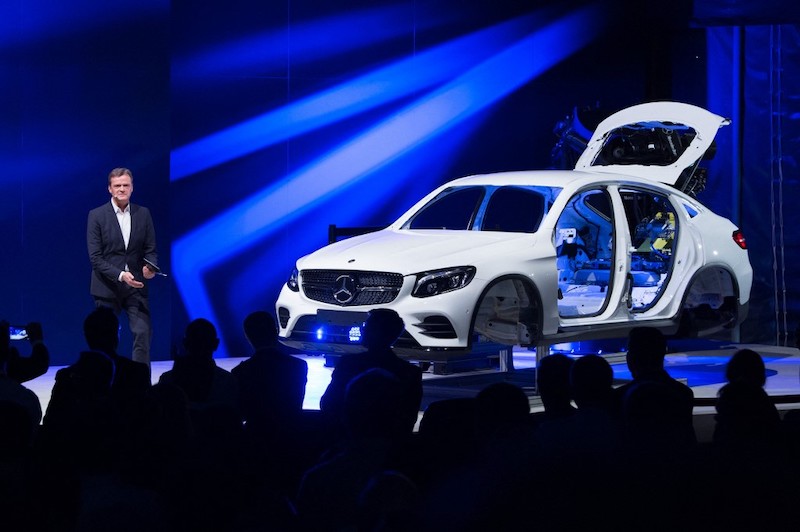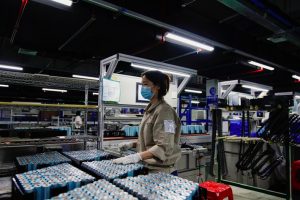Mercedes-Benz aims to produce electric cars consuming as little as 10 kilowatt hours of energy per 100 kilometres, its chief technology officer said on Thursday.
The move, if successful, would make its cars a third more efficient than the current average for electric vehicles.
Speaking as the carmaker celebrated a test drive of its EQXX prototype vehicle over more than 1,000 km from Sindelfingen in Germany to the Cote d’Azur in France on a single charge, Markus Schaefer said efficient design was key to maximising an electric car’s range.
“First we optimise efficiency, and then we can see how many battery modules we put in the car,” Schaefer said at a media roundtable, adding that customers should be able to decide the size of the battery they want based on their needs.
Carmakers from Mercedes-Benz to Tesla to China’s Nio are in a neck-to-neck race to produce higher range cars that dispel consumer anxiety over the lack of widespread charging infrastructure for electric vehicles.
In January Mercedes-Benz unveiled its Vision EQXX prototype, boasting a 1,000 km-range with a battery half the volume of its flagship EQS model, promising that some of the car’s components would make their way into series vehicles in two to three years time.
The car spent 8.7 kilowatt hours of energy per 100 km on its 11-and-a-half hour drive to France, which Mercedes-Benz said was about twice as efficient as Mercedes-Benz models on the market and Tesla’s longest-range car on offer, the Model S 60.
Mercedes-Benz’s EQS has the highest range on the market as of yet, according to London-based car comparison portal Carwow, with 768 km, followed by Tesla’s Model S Long Range with up to 652 km.
“There’ll be a further increase for some time before a fall, which will happen once charging infrastructure is as available at petrol stations,” Schaefer said, although he declined to state what range Mercedes-Benz was targeting in future models.
- Reuters, with additional editing by George Russell
READ MORE:
Mercedes-Benz Banks on In-House Software with New Centre
Mercedes-Benz Opens China R&D Unit Focused on Mobility Tech
Daimler Drives New Image with Name Change to Mercedes-Benz






















